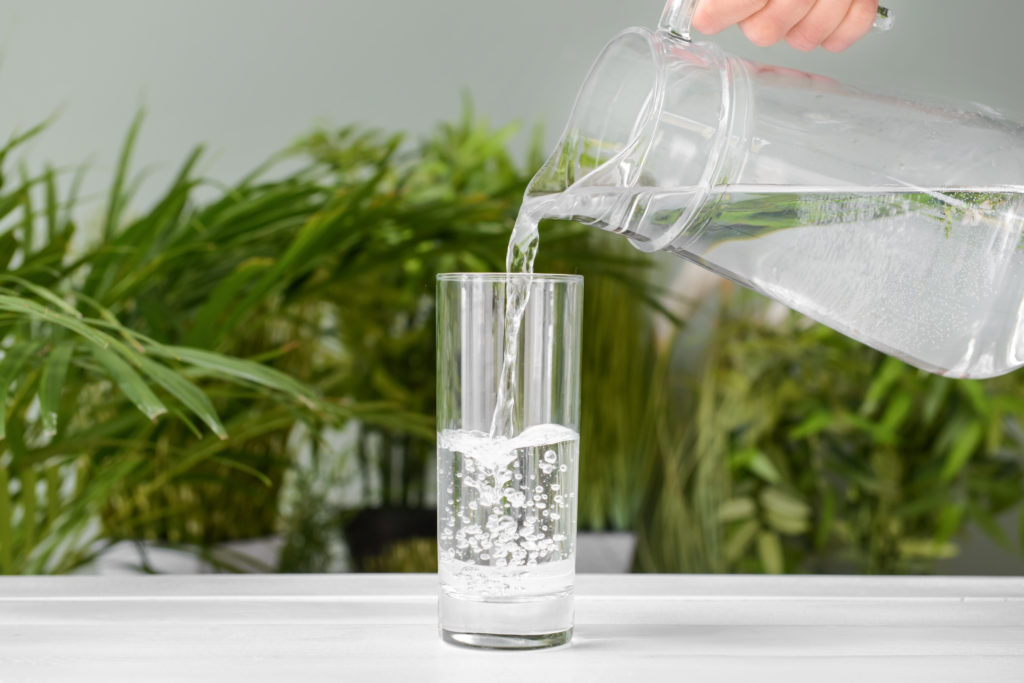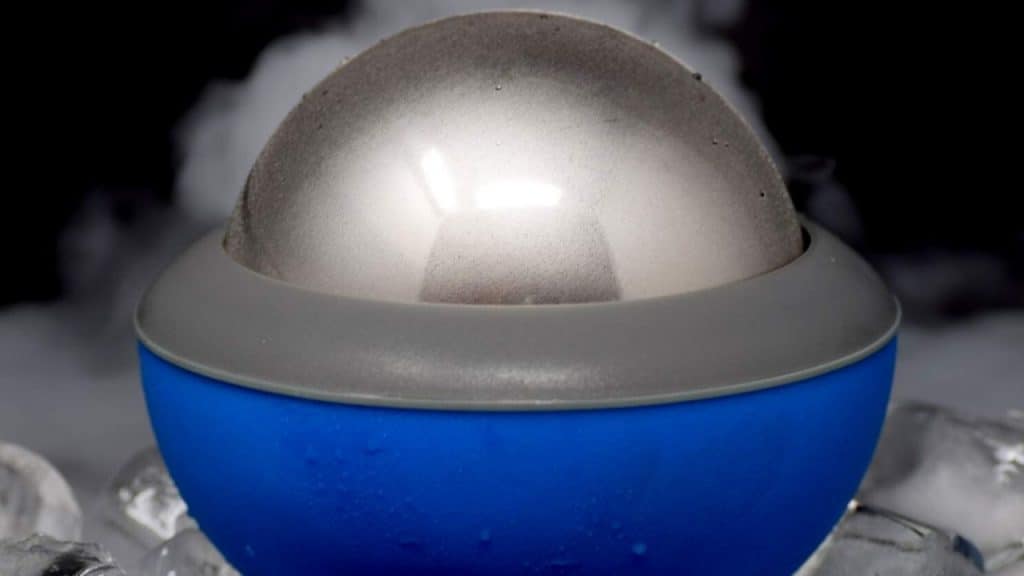What you do during a workout has a direct impact on your short- and long-term results, but just because you’ve completed your last rep or finished your cool-down lap doesn’t mean your workout is complete. The steps you take to rest and recover after a workout are just as important.
A strong post-workout routine helps reduce muscle soreness and can help you achieve your fitness goals more quickly. Your workout recovery routine is essential for optimal muscle and tissue repair – especially after a weight training session.
In this article, we’ll talk about how to recover after a workout and cover the basics about building a post workout recovery routine.
Why is Post Workout Recovery Important?
According to ACE, the leading nonprofit exercise professional and health coach certification organization, recovery is the most important component of an exercise program. Proper recovery enables you to achieve higher training volumes and intensities without the risk of overtraining.
When it comes to understanding the importance of post workout recovery, the thing to remember is that exercise is stressful for the body. Things like weightlifting, endurance training, and various forms of intense aerobic exercise put a lot of pressure on the body to perform. When performed properly, these activities are perfectly safe but neglecting the recovery stage after a workout can put you at risk for injury. The body needs time to adapt to all that stress.
If you’re wondering how to recover after a workout, know that it isn’t just about rest. Giving your body a day or two off each week can be incredibly beneficial, yes, but post workout recovery also involves hydration, nutrition, and various exercises or therapies to help your muscles recover.
The Top 5 Components of a Post Workout Recovery Plan
The best thing you can do both during and after a workout is listen to your body. You know your body best, so it’s up to you to know when you can push yourself to the end of a strenuous workout and when to make some modifications to avoid injury. It’s also up to you to develop a post exercise recovery plan that helps you achieve your fitness goals while giving your body the time it needs to rest and recover.
The best workout recovery plan will incorporate the following 5 components:
- Hydration
- Nutrition
- Rest
- Massage
- Activity
Now, let’s take a closer look at each of these components.
-
Hydration

Even if you’re not feeling dehydrated after your workout, rehydration is essential. It’s important to replenish the fluids you’ve lost along with electrolytes like magnesium, potassium, calcium, and sodium. According to a 2004 study conducted at Loughborough University, rehydration will only be achieved if “a volume of fluid in excess of the sweat loss is ingested together with sufficient electrolytes.” Beverages that contain electrolytes include sports drinks, coconut water, milk, and fruit juice.The human body is comprised of up to 60% water and you can lose anywhere from 0.5 to 2 liters over the course of even an hour-long workout. Pre-workout hydration should begin one to two hours before your workout and should include 15 to 20 ounces of water. Plan to drink another 8 ounces about 15 minutes before you work out, 8 ounces every 15 minutes during it, and another 8 ounces no more than 30 minutes after your workout is completed.
These general guidelines work for most people, but if you’ve just finished a particularly long or intense workout you may need some extra hydration. According to WebMD, it’s best to weigh yourself before and after your workout. For each pound lost, replace it with 16 to 20 ounces of fluid.
-
Nutrition

In addition to replenishing your body’s water stores after a workout, you also need to refuel with protein and carbohydrates. In the right balance, these nutrients can help jump-start the process of muscle repair and may help prevent soreness.
Research suggests that, in order to maximize muscle growth, you should consume 20 to 40 grams of protein following a workout. Carbohydrates are also important to restore your body’s glycogen stores which you’ll need for your next workout. Aim for a 3-to-1 ratio of carbs to protein to achieve the maximum benefit. For example, if you consume 40 grams of protein, you’d want to eat 120 grams carbs.
Some of the best proteins to include in post workout snack include protein powder, eggs, Greek yogurt, cottage cheese, salmon, chicken, and tuna. For carbs, wholesome options include sweet potatoes, quinoa, rice, oatmeal, potatoes, whole-grain bread, and fruit.
You don’t necessarily need to eat your post-recovery snack immediately after your workout. While experts used to recommend post-workout nutrition within 45 minutes, new research shows that you can still gain the benefit within a few hours. If you ate a pre-workout snack, you may still be gaining the benefits of that meal after exercising.
-
Rest

A general rule of thumb to follow is to allow at least 24 hours rest between light workouts and at least 48 hours between heavier workouts. If you’re into strength training, you may be able to work around these rest requirements by varying your workouts, focusing on different muscle groups each day to give the others adequate time to rest.
Taking a break from working out is an essential form of rest, but don’t underestimate the importance of a good night’s sleep when it comes to post-workout recovery. According to a 2018 systematic review of published studies, sleep interventions, including sleep extension, can improve recovery and athletic performance. If you have trouble reaching the goal of 7 to 8 hours of sleep at night, try taking a 20-minute power nap about two hours after a workout to boost muscle recovery.
-
Massage

Though rest is the best thing you can do for your muscles between workouts, there are a few additional things you can try that might help reduce stiffness and soreness. According to a 2019 meta-analysis, foam rolling before a workout can help increase performance and, post-workout, it may help improve flexibility and reduce tightness. Even something as simple as elevating your legs can help.Another way to reduce muscle soreness is to undergo massage therapy. According to the American Massage Therapy Association (AMTA), “individuals who participate in exercise and athletic programs who seek enhanced performance, improved conditioning, faster recovery, injury prevention, and assistance in maintaining peek fitness can benefit from massage therapy.
Here are some of the potential benefits of massage therapy:
- Increased circulation and delivery of oxygen and vital nutrients to the muscles
- Improved flexibility, elasticity, and range of motion in muscles
- Stimulation of mitochondrial biogenesis to reduce inflammation
- Activation of parasympathetic nervous system to promote relaxation and sleep
A licensed massage therapist is trained to identify stiff, tight muscles and can help you recover more quickly after a workout. If you’re interested in an at-home solution, it might be worth investing in a massage gun. Modern massage guns deliver percussive massage which can help relax tight muscles, relieve muscle tension, and flush extracellular fluids out of the muscles. Most massage guns have adjustable speed settings and come with different attachments for use on different muscles so you can customize the experience to your individual needs and preferences.
-
Activity

While half the purpose of post workout recover is to rest your muscles, some light activity can improve circulation. Proper circulation is essential for nutrient absorption and the transport of waste products which, in theory, supports muscle repair and recovery. Walking, riding a bike, swimming, and yoga are all examples of light activity you can perform on rest days.
You may also gain an additional benefit by varying your workouts, targeting different muscle groups on different days. For example, you might complete a weight training circuit focusing on the arms, shoulders, and back on one day then rest those muscles to complete a leg workout the next day.
Other Tips to Speed Muscle Recovery
Post workout recovery isn’t an exact science because everyone is different. While it may take some time for you to find the post exercise plan that works best for you, it’s important to incorporate the five components listed above. With these components as a foundation, you can add other techniques to your routine as you see fit.
Here are some addition tips to improve recovery post workout:
- Taking an ice bath may help flush waste products from the muscles by repeatedly constricting and dilating the blood vessels.
- Try wearing compression garments to improve circulation before, during, and after a workout.
- Avoid tobacco products and alcohol after a recovery as these things can hinder the muscles’ ability to replenish glycogen stores and recover from injury.
- Try taking a workout supplement that contains branch-chain amino acids (BCAAs) before a workout to reduce muscle soreness and shorten recovery time.
- Warm up before aerobic exercise to activate the muscles you plan to use and be sure to take time to cool down for 5 to 10 minutes afterward.
There is no standard formula for the best workout recover plan because it all depends on your body, your fitness level, and the type of workout. The best thing you can do is start off slowly and listen to your body as you progress through your workouts. Give yourself plenty of time to rest and recover between workouts until you get a feel for things and learn how far you can push yourself.
Frequently Asked Questions
What helps muscles recover faster?
After a workout, the best things you can do to help your muscles recover faster include drinking water, consuming a protein-rich snack, and giving your body time to rest and relax. Always warm up before and cool down after a workout as well.
Is a massage gun good post workout?
Yes, a massage gun can be used pre-workout to wake up the muscles and post-workout to improve recovery. Using a massage gun for recovery can help relieve muscle tension and improve function and flexibility which may help you to perform at a higher level during your next workout.
How long should you let muscles recover?
It depends on the intensity of your workout. Your muscles should recover within 24 hours after a light workout but may take 2 to 3 days to recover following an intense workout. During longer recovery phases you can still perform light exercise (like walking or biking) to boost circulation and promote muscle repair and recovery.


